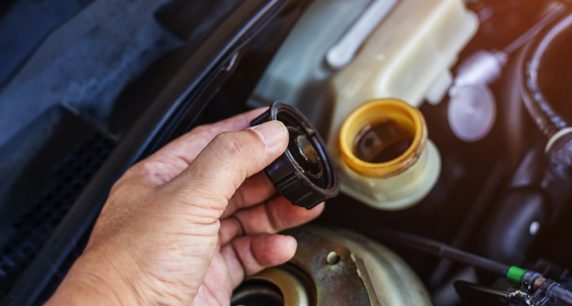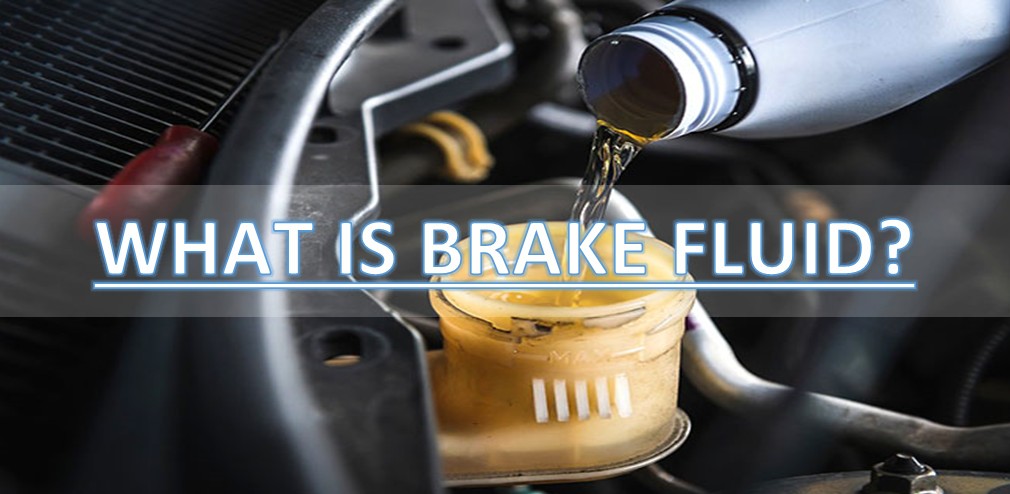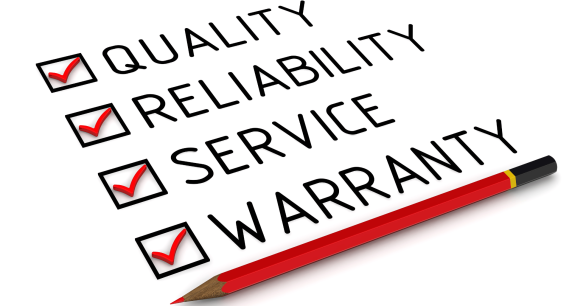How Often Should I Have My Brake Fluid Serviced?

When it comes to the brakes on a car these are some of the most important components of a vehicle that often don’t get enough attention until they begin to fail. For the more car savvy, checking the brake rotors, discs, and even the pads are a routine thing as part of general vehicle maintenance, but the question now arises what about brake fluid?
THE ROLE OF BRAKE FLUID

To start things off, brake fluid plays a very essential role in your vehicle’s hydraulic braking system and is responsible for moving its various components to clamp the pads to the rotor disc. This fluid is designed to work under high temperatures and pressures, which in turn helps slow a vehicle down or stop when the brake pedal is pressed. Brake fluid primarily stays within the brake lines and helps deliver the force created by your push on the brake pedal to each of the brake rotors on the four corners of your car. If the brake fluid is too low, contaminated by moisture, or not flowing properly, your braking power is impeded. This makes your car a potential risk to you and to those around you while driving.
HOW OFTEN SHOULD YOU CHANGE YOUR BRAKE FLUID?

The best time to have your brake fluid changed is when your car goes in for its regular preventative maintenance service. If your car is second hand a good rule of thumb to follow is to have the brake fluid replaced every 40,000 kilometers or once (even twice) every 6 months. You can also look at your vehicle’s owner’s manual for further information as to when the brake fluid will need to be replaced.
Another thing you can do is to visually inspect your brake fluid. To do this, locate the brake fluid reservoir that is located above your brake master cylinder. This will typically be found near the firewall of your vehicle close to the driver’s side of the vehicle. If the brake fluid is not clear or transparent, it means that it’s time to have the fluid flushed or replaced. An important thing to remember is that even if the brake fluid is clear, it only has a shelf life of about two years depending on your driving condition, that being said it’s still best to replace it on time as it could affect the effectiveness of your braking system.
If you’re at a mechanic or vehicle service centre for a routine service maintenance job, and the service advisor recommends a brake flush after a visual or mileage check, it’s better to be safe than sorry and go for the extra step to maintain your braking system. It’ll be easier to pay for the fluid and labour cost than replacing braking components that can get damaged from bad maintenance habits, or, worse, an accident.
Take note that brake fluid flushing and brake fluid bleeding are completely different things, Brake flushing involves removing all the brake fluid from the system and getting new fluid inside. Brake bleeding just means removing amounts of brake fluid to get air bubbles out of the brake lines. Brake fluid flushing is also something that a certified mechanic or service centre should do as the braking system is a critical vehicle component, and leaves no room for error.



